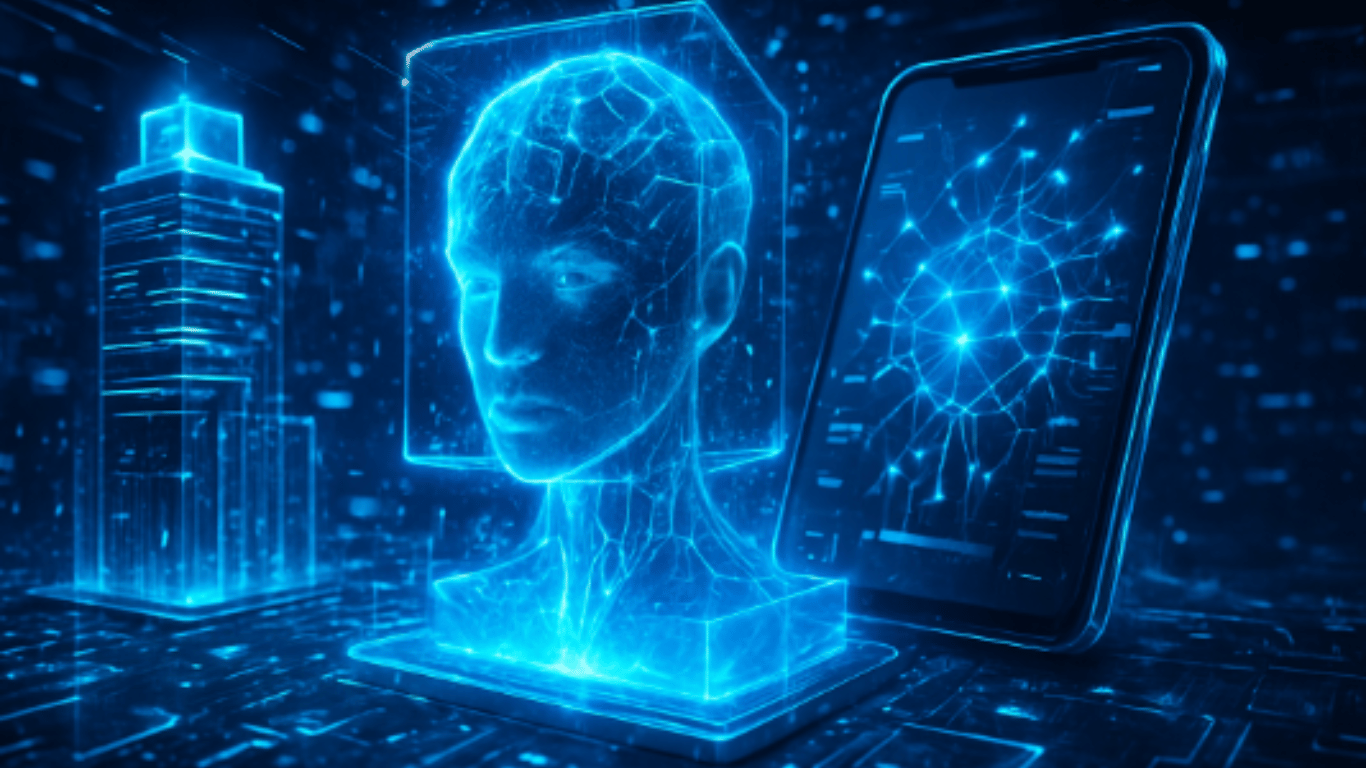In recent years, blockchain technology has garnered widespread attention due to its potential to revolutionize various industries, from finance to healthcare and supply chain management. Despite its growing prominence, blockchain remains a misunderstood concept for many. This article offers a comprehensive definition of blockchain, exploring its structure, key components, benefits, and real-world applications.
What Is Blockchain?
At its core, a blockchain is a decentralized digital ledger that records transactions across a distributed network of computers. Unlike traditional databases controlled by a central authority, blockchain relies on a peer-to-peer (P2P) network to ensure transparency, security, and immutability.
Each record on a blockchain is called a block, and these blocks are linked together in a chronological sequence, forming a continuous chain—hence the name blockchain. Each block contains:
- A list of transactions
- A timestamp
- A cryptographic hash of the previous block
- A unique hash for the current block
This structure ensures that any alteration of a block's data would require altering every subsequent block, which is practically impossible due to the cryptographic security involved.
Key Components of Blockchain
-
Distributed Ledger
Unlike centralized systems, blockchain distributes the ledger across all participants in the network (known as nodes). Every participant has access to the same version of the ledger, promoting transparency. -
Consensus Mechanisms
To validate transactions, blockchain uses consensus algorithms, ensuring that all participants agree on the validity of transactions. Common mechanisms include:- Proof of Work (PoW)
- Proof of Stake (PoS)
- Delegated Proof of Stake (DPoS)
- Proof of Authority (PoA)
-
Cryptography
Blockchain relies on public-key cryptography to secure data. Each user has a public key (visible to all) and a private key (kept secret), ensuring the authenticity and integrity of transactions. -
Smart Contracts
These are self-executing contracts with predefined rules coded directly into the blockchain. Smart contracts automatically trigger actions when conditions are met, eliminating the need for intermediaries. -
Decentralization
A defining feature of blockchain is the absence of a central authority, making it resilient against censorship, fraud, and manipulation.
Types of Blockchain
-
Public Blockchains
- Open to anyone (e.g., Bitcoin, Ethereum)
- Highly decentralized
- Transparent and immutable
-
Private Blockchains
- Restricted access (e.g., Hyperledger)
- Controlled by a single organization
- Faster transaction processing
-
Consortium Blockchains
- A hybrid model governed by multiple organizations
- Common in industries like banking and supply chains
-
Hybrid Blockchains
- Combines elements of public and private blockchains
- Allows selective transparency and access control
How Does Blockchain Work?
-
Transaction Initiation
A user initiates a transaction using their private key. -
Transaction Validation
The transaction is broadcast to the network for validation using a consensus mechanism. -
Block Formation
Once validated, the transaction is grouped with others to form a new block. -
Block Addition
The new block is added to the existing chain, linking it cryptographically to the previous block. -
Ledger Update
The updated ledger is shared across the network, ensuring all participants have the same record.
Benefits of Blockchain Technology
-
Transparency
All transactions are visible to participants, promoting trust and accountability. -
Security
Cryptographic hashing and decentralization make the system highly secure. -
Immutability
Once recorded, data cannot be altered without consensus from the entire network. -
Efficiency
Automates processes through smart contracts, reducing the need for intermediaries. -
Cost Reduction
Minimizes transaction costs by eliminating third parties.
Challenges Facing Blockchain Adoption
- Scalability: Limited transaction speeds in popular blockchains like Bitcoin and Ethereum.
- Regulatory Uncertainty: Different countries have varying legal frameworks.
- Energy Consumption: Some consensus mechanisms, like PoW, require significant energy.
- Complexity: Implementation requires technical expertise.
Real-World Applications of Blockchain
- Cryptocurrencies: Bitcoin, Ethereum, and other digital currencies rely on blockchain for secure transactions.
- Supply Chain Management: Enables end-to-end traceability of products.
- Healthcare: Securely manages patient records and medical data.
- Finance: Streamlines cross-border payments, clearing, and settlements.
- Voting Systems: Offers secure, transparent voting mechanisms.
Future of Blockchain Technology
The future of blockchain holds tremendous potential, with innovations such as Decentralized Finance (DeFi), Non-Fungible Tokens (NFTs), and Central Bank Digital Currencies (CBDCs) expected to redefine global economies and digital interactions.
Conclusion
Blockchain is more than just the technology behind cryptocurrencies—it’s a groundbreaking system that could reshape how data is stored, verified, and transferred across industries. Its unique features of decentralization, security, transparency, and efficiency position it as a transformative force in the digital era. As adoption grows and technological hurdles are overcome, blockchain is poised to become an integral part of our future digital infrastructure.









